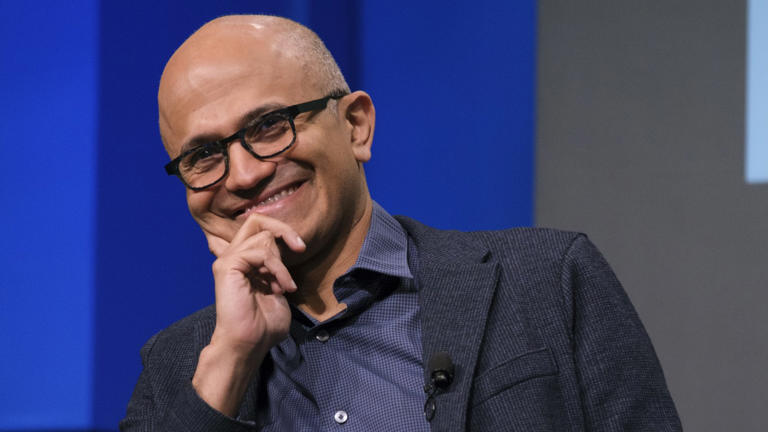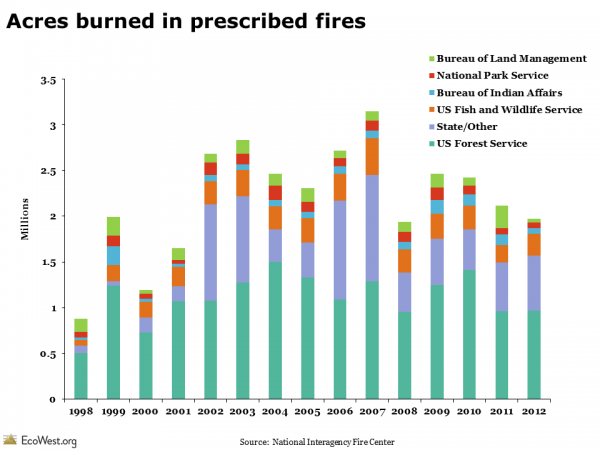The WeightWatchers Bankruptcy: A Case Study In The Weight Loss Industry

Table of Contents
The Rise and Fall of WeightWatchers: A Historical Overview
WeightWatchers enjoyed remarkable success for decades, becoming a household name synonymous with weight loss. Its core business model, built on a points-based system and a strong community support network, fueled its initial growth and market dominance. This fostered a sense of camaraderie and accountability, crucial elements missing in many competing solo weight loss strategies. However, this success story wasn't without its chapters of challenge.
-
Early success and market penetration: WeightWatchers quickly established itself as a leader, leveraging its unique approach to create a loyal customer base. Its in-person meetings provided a social aspect that many other weight loss programs lacked.
-
Expansion into digital platforms and related products: Recognizing the changing technological landscape, WeightWatchers expanded its offerings to include digital tools and mobile apps. This diversification, while initially promising, also brought increased operational costs and competition from more agile, digitally-native companies.
-
Shifting consumer behavior and increased competition: The rise of various diet trends and competitor programs, including those offering subscription-based services and readily available weight loss advice, directly affected WeightWatchers' market share.
-
Financial difficulties and debt accumulation: The combination of increased competition, the high cost of maintaining a large physical infrastructure, and struggles adapting to the digital marketplace led to mounting financial difficulties and substantial debt accumulation, culminating in the near-bankruptcy situation.
The Impact of Shifting Consumer Preferences
The weight loss industry is incredibly dynamic, shaped by ever-evolving consumer preferences and technological advancements. WeightWatchers' traditional model, while successful for many years, struggled to keep pace with these shifts.
-
Increased demand for personalized weight loss solutions: Consumers increasingly sought personalized plans tailored to individual needs, dietary restrictions, and lifestyles. The one-size-fits-all approach of WeightWatchers started to lose its appeal.
-
Growing popularity of free or low-cost digital apps: The rise of free or low-cost digital weight loss apps and fitness trackers provided accessible alternatives, eroding WeightWatchers' market share, especially among younger demographics.
-
The influence of social media and health influencers: Social media and health influencers significantly impacted consumer choices, promoting various diets and fitness regimes, further fragmenting the market and making it harder for established brands like WeightWatchers to maintain prominence.
-
Shift from long-term programs to quick-fix solutions: The demand for quick weight loss solutions, often promoted through fad diets and quick fixes, presented a significant challenge to WeightWatchers' long-term, sustainable approach.
The Role of Competition and Technological Disruption
WeightWatchers faced stiff competition from several sources, further exacerbated by rapid technological advancements.
-
The emergence of new digital weight-loss platforms: Numerous digital weight loss platforms emerged, offering personalized plans, tracking tools, and community features, often at a lower cost than WeightWatchers. These platforms quickly gained traction with tech-savvy consumers.
-
Increased competition from low-cost or free alternatives: The availability of free or low-cost alternatives, including apps, online resources, and social media groups, created a highly competitive landscape, squeezing WeightWatchers' profit margins.
-
The influence of personalized nutrition and fitness apps: Personalized nutrition and fitness apps, leveraging data and algorithms to create tailored plans, proved highly attractive to consumers seeking customized solutions.
-
The challenge of maintaining user engagement in a competitive market: Retaining users in a saturated market became a major hurdle. WeightWatchers struggled to compete with the constant influx of new, innovative apps and platforms offering similar services, often with greater technological sophistication.
The WeightWatchers Restructuring and Lessons Learned
To avoid complete bankruptcy, WeightWatchers underwent a significant restructuring, implementing several key changes.
-
Cost-cutting measures and operational efficiencies: The company streamlined operations, reducing costs across various departments to improve profitability.
-
Investment in digital platforms and technology: WeightWatchers invested heavily in improving its digital platforms, enhancing user experience and functionality to better compete with its rivals.
-
Adaptation of the business model to meet changing consumer demands: The company adapted its business model, incorporating more personalized elements and offering a wider range of services to cater to the evolving needs of its customer base.
-
Focus on improved marketing and customer engagement: WeightWatchers focused on improving its marketing strategies and customer engagement initiatives to attract and retain customers in a competitive market.
Conclusion
The WeightWatchers near-bankruptcy stands as a powerful case study illustrating the volatility of the weight loss industry and the importance of adapting to shifting consumer preferences and technological disruptions. The company's struggles emphasize the critical need for continuous innovation, effective marketing, and a profound understanding of the target market to maintain a competitive edge. Learning from the WeightWatchers bankruptcy is crucial for the future success of any business in the weight loss sector. To avoid a similar fate, companies must prioritize agility, responsiveness, and proactive adaptation to thrive in this dynamic environment. Understanding the factors contributing to the WeightWatchers bankruptcy is paramount for ensuring long-term sustainability within the weight loss industry.

Featured Posts
-
 Prediction 2 Stocks Poised To Outperform Palantir In 3 Years
May 10, 2025
Prediction 2 Stocks Poised To Outperform Palantir In 3 Years
May 10, 2025 -
 Agression Violente A Dijon Trois Hommes Attaques Au Lac Kir
May 10, 2025
Agression Violente A Dijon Trois Hommes Attaques Au Lac Kir
May 10, 2025 -
 Stiven King Reaktsiya Na Trampa Ta Maska Pislya Povernennya Na Platformu X
May 10, 2025
Stiven King Reaktsiya Na Trampa Ta Maska Pislya Povernennya Na Platformu X
May 10, 2025 -
 Is Betting On Wildfires Like The La Fires Ethical Exploring The Moral Implications
May 10, 2025
Is Betting On Wildfires Like The La Fires Ethical Exploring The Moral Implications
May 10, 2025 -
 Why The Indian Stock Market Is Rising Sensex 1400 Nifty 23800 Analysis
May 10, 2025
Why The Indian Stock Market Is Rising Sensex 1400 Nifty 23800 Analysis
May 10, 2025
